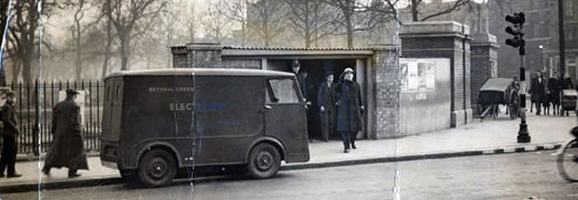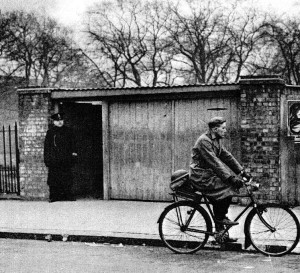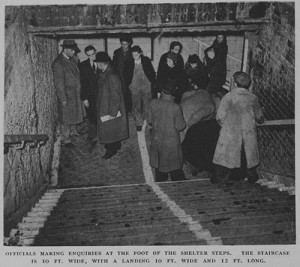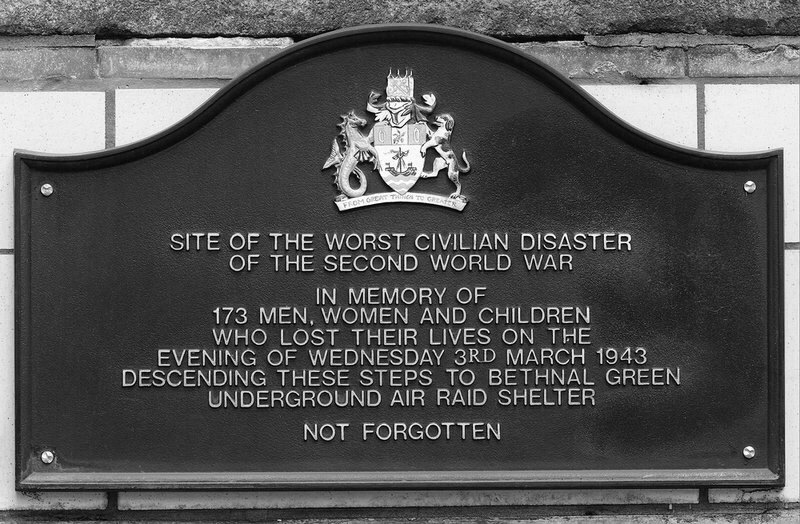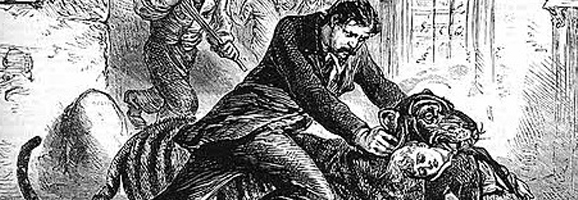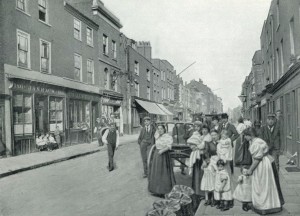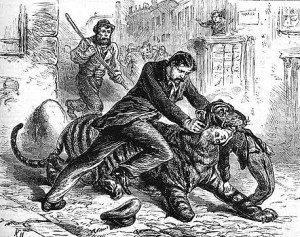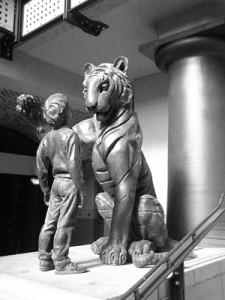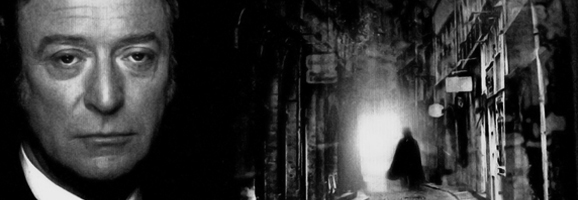
One of the problems facing anyone wishing to make a film about the infamous serial killer, Jack the Ripper, is that we already know history has yet to deliver up a perpetrator. Many suspects have been put forward over the years, but none have proved conclusive. So when filmmakers set about documenting the life of the East End’s most notorious son, they often let their imagination get the better of them, and we invariably end up with a fantasy film with little grasp or adherence to the known facts.
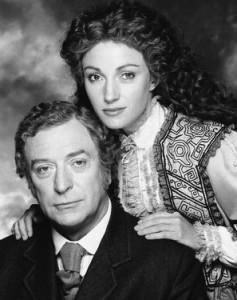
Michael Caine and Jane Seymour in ‘Jack the Ripper’ Mini-series
Happily, this was not the case in the Jack the Ripper mini-series produced in 1988 by director and producer David Wickes. Although the series itself still had a number of historical flaws (just see the busy London street scene complete with horse drawn omnibus which gives an extremely sanitised view of a street of the time – they were normally ankle deep in horse droppings!) Wickes tried to stick to the case facts and reproduce the murder scenes as accurately as possible.
The film stars Michael Caine in the role of Inspector Frederick Abberline (a cockney in the starring role – albeit from the wrong side of the river!) who is assigned the unfolding series of Whitechapel Murders in 1888. His co-worker and co-star in the film is Sergeant George Godley played by the late Lewis Collins, and the cast are ably assisted by Susan George and Lysette Anthony who play the doomed prostitutes Katherine Eddowes and Mary Jane Kelly. Jane Seymour plays a talented artist, Emma Prentiss and the actor Armand Assante plays the famous American actor Richard Mansfield (and who excels himself in his nightly portrayal of the eponymous Doctor Jekyll and Mr Hyde on stage, transforming himself in front of a terrified audience).
Before the film was broadcast, David Wickes claimed that he had been given exclusive access to the files and documentation of the Jack the Ripper case from Scotland Yard, and that his film would reveal the true identity of Jack the Ripper for the first time. Wickes was challenged over the claim and had to withdraw his statement, but has gone a long way to present a convincing case. A number of red herrings are thrown into the plot with suspects ranging from Richard Mansfield himself to Prince Albert Victor, the Grandson of Queen Victoria.
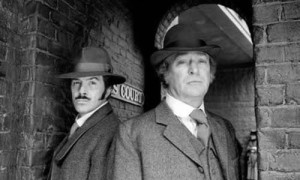
Michael Caine and Lewis Collins in ‘Jack the Ripper’ mini-series
Unlike many films today, the Jack the Ripper mini-series does not descend into a gory bloodbath and uses more subtle ways of conveying the terrifying attacks on the prostitutes. Despite this, the viewer is still treated to some fairly harrowing verbal descriptions of the injuries.
So – is it a good film? That will depend on the viewer’s own tastes and preconceptions. Michael Caine does a fine job and the subject matter, although well-known is delivered in a fairly intelligent and non-sensationalistic way.
The film ends with the disclaimer that –
‘In the strange case of Jack the Ripper; there was no trial and no signed confession. In 1888, neither fingerprinting nor blood typing was in use and no conclusive forensic, documentary or eye-witness testimony was available. Thus, positive proof of The Ripper’s identity is not available.
We have come to our conclusions after careful study and painstaking deduction. Other researchers, criminologists and writers may take a different view. We believe our conclusions to be true.’

